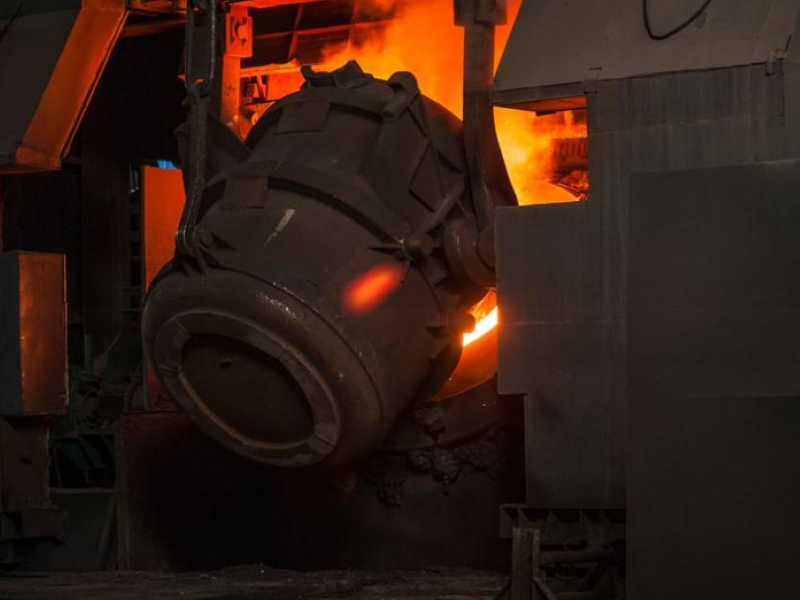Precision casting is no longer the high-precision, low-output "luxury" of the past. You may think that these precision technologies can only be used in high-end industries such as aerospace and military. In fact, they penetrate into every aspect of daily life, from automotive parts to electronic products to the creation of artworks. The "magic" of precision casting is everywhere. Let's take a look at several major precision casting processes!
Have you ever been shocked by some complex and delicate parts? This is the power of investment casting. Investment casting, or lost wax casting, can produce relatively fine and complex parts. Its process includes making wax molds, crusting, dewaxing, roasting and pouring. It can produce parts with smooth surfaces and fine details, and is widely used in aerospace, military, medical equipment and other fields. Although the cost of investment casting is high, it is almost irreplaceable in the manufacture of high-precision and high-complexity parts.

You may not think that pressure casting can not only solve the efficiency problem of large-scale production, but also improve the surface quality and dimensional accuracy of castings. This technology uses high pressure to inject liquid metal into a metal mold cavity, solidifying it under pressure to form a high-precision casting. Automotive parts, electronic product housings, etc. are typical applications of pressure casting. Pressure casting can not only reduce defects such as pores and looseness, but also maintain the stability of castings.
Did you know? Lost foam casting is known as the "green casting of the 21st century". This process uses paraffin or foam models. Through special treatment methods, lost foam casting can not only produce parts with extremely high precision, but also greatly reduce waste in the production process. At the same time, this technology can support more complex designs and even produce artworks and parts of large equipment. Under the dual requirements of environmental protection and precision, lost foam casting is undoubtedly a major development trend in the future casting field.
From aerospace to automobile manufacturing, to artistic creation, precision casting technology has become more and more popular. For industry practitioners, understanding and applying these precision technologies is actually an important step to promote business improvement and enhance competitiveness.
Do you think these technologies are only patents for advanced manufacturing? In fact, they are entering the lives of each of us in different ways and have become an important force in promoting the progress of modern industry and technology!

